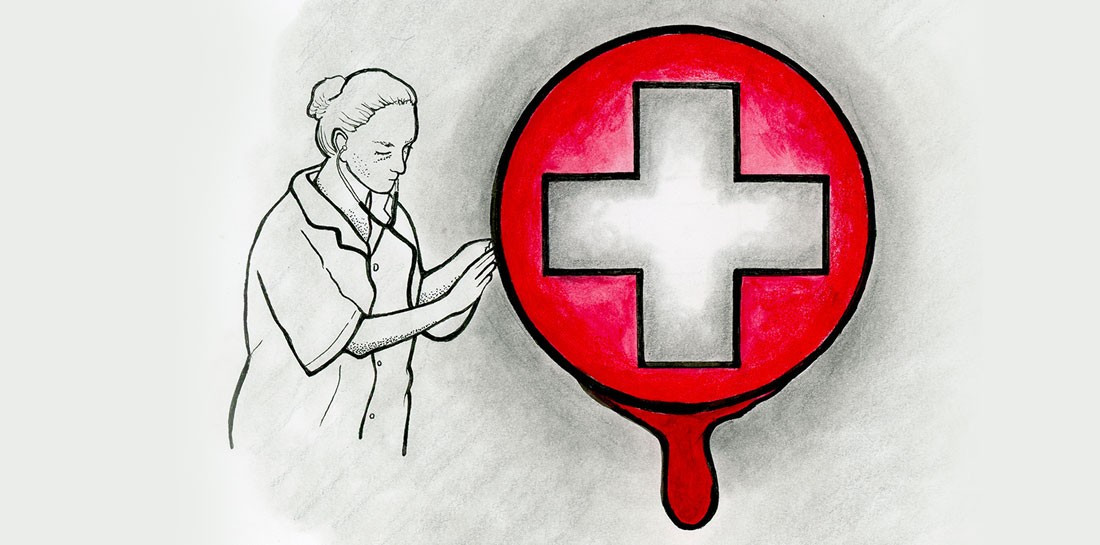Reframing austerity
Counting the death toll of cuts to social services
Pallister’s healthcare cuts are killing us. This isn’t a metaphor. This is an emergency.
Two children and five adults in rural Manitoba died in 2018 because they didn’t receive air transport to Winnipeg hospitals in time or at all. And yet the headlines about these tragedies never read “government cuts sacrifice children,” because that would be too inflammatory. But when a government makes these kinds of drastic cuts to services, there are casualties.
This problem isn’t unique to Manitoba.
Self-described “wobbly” comedian and commentator Francesca Martinez went viral last year after an emotional speech given on BBC’s Question Time in 2019.
“Austerity has caused the deaths of over 130,000 human beings in Britain,” she said. “You know, that’s 130,000 mums, dads, daughters, sons, uncles, aunts who’ve died because the Tories and the Lib Dems decided to make ordinary people pay for a crash by bankers.”
Martinez, who lives with cerebral palsy, cited cuts to disability funding and support, which caused the deaths of tens of thousands of disabled people alone who were deemed by the government to be capable of work.
Martinez points the figure directly at the Liberal Democrats and the Conservatives who maintained an austerity regime over the past decade, not at social workers, nurses or air ambulance drivers who bear the brunt of citizens’ frustration.
What would happen if we, the media, started to reframe our headlines, which, admittedly, are sometimes all people read, away from neutral statements into direct ones? Namely, people are dying as a direct result of budget cuts. People are dying because the Progressive Conservative government took away their access to care.
But how do we get readers to make their way down to the bottom of the article? When we slowly trace these deaths back to a government who systematically restricted access to care to the most vulnerable. When inner-city residents, often without access to reliable transport (due to a failing transit system) lost the Misericordia ER, they lost direct access to the most basic medical care. When rural Manitobans saw the closure of hospitals, they needed reliable air transport, which also had its budget slashed.
How do we persuade a reader to get to the fifth paragraph of a CBC article where they outline the results of the report that said 30 incidents occured and seven people died, because they had to rely on air ambulances that couldn’t come fast enough?
How would the political debate change if the media could say in the first paragraph, in the first sentence that the flu epidemic wouldn’t be nearly as bad if we had a healthcare system that had the resources to prepare for emergencies? How would the public view of nurses change if coverage of the Manitoba Nurses Union emphasized what has become an almost physically unsafe work environment? Staff shortages and emergency room closures have only concentrated the needs of the sick and the overworked few nurses we have.
Nurses are the backbone of the healthcare system, and Pallister’s cuts are stretching them to their limit, but their quality of care is reduced, because the system is reduced.
It all comes back to this: sick and disabled people have died, they are dying, and they will continue to die, not because of routine ailments or unexpected injuries, but because the system is not built to withstand them. Austerity kills people. Hiding behind neutral language or debate cannot change that.
Hannah is a disabled writer and theatre artist from Treaty 3 territory, Haldimand Tract.
Published in Volume 74, Number 18 of The Uniter (February 13, 2020)







